In March 2020, Campo Santo was two weeks into rehearsals for Star Finch’s new play, Side Effects. Everything changed overnight as San Francisco became the first city in the United States to lockdown in response to COVID. As a team we accepted the bitter fact that the show would not go on. However, an unexpected opportunity arose in the fall of 2020 that enabled Campo Santo to take a creative leap into the unknown to complete our interrupted journey. The end result was a “flay”—a film/play mash-up.
Star Finch: Side Effects was ready. We were in rehearsals in March 2020, and then the city completely shut down.
How much time passed between realizing the play wasn’t going to get on its feet and the offer to shoot it on a soundstage?
Sean San José: We’d been on the journey for a while when we got to this exciting place in March 2020. I distinctly remember we were at Bayview Opera House rehearsing, and Ashley Smiley came downstairs: “Hey, they’re talking about shutting stuff down.” I was like, “ You’re really tripping. You think they’re going to shut down some greedy city like San Francisco? Please.” Sure enough, within twelve hours, it was shut down. I felt like it was frozen for so long.
Then Campo Santo went online as a group pretty quickly thanks to Juan Amador. I don’t know if it was an instinctual thing, but people were meeting, reading. We were doing Clika, the Campo Santo writing lab. The energy of that felt like, “how do we stay connected and stay generative?”
Our old friend Ramon Diaz, a great artist, had stepped out of theatre and into digital presentations for groups. Ramon asked, “Have you all ever thought about doing a movie?” It fell into place quickly in October.
It was such a gift when Ramon reached out. Boom. Ramon was like, “There’s a digital wall, which means you can replicate a set, which means you can film from separate locations.” And remember that in 2020 motherfuckers weren’t trying to stand next to each other, literally. This “six feet” shit was really real.
We had to be incredibly on the same page about our risks and really passionate about doing it.
Joan Osato: At that point, they hadn’t even developed rules around COVID for working in-person in film/television. There wasn’t a roadmap we could use easily. No one was doing plays, and the shutdown was so complete in the Bay Area. We had to be incredibly on the same page about our risks and really passionate about doing it. We had a crew that was all in, but we all understood how vulnerable we were. We were taking care of parents, taking care of kids.
Sean: It was like, “Wait, we can actually shoot and be twelve feet apart. Wild.” And then we could start thinking about doing it, and as long as every word of Star’s would be recorded, we were going to come out with something. On that last day, I told Joan “If we get this last scene, we’re going to have every word of the play.”

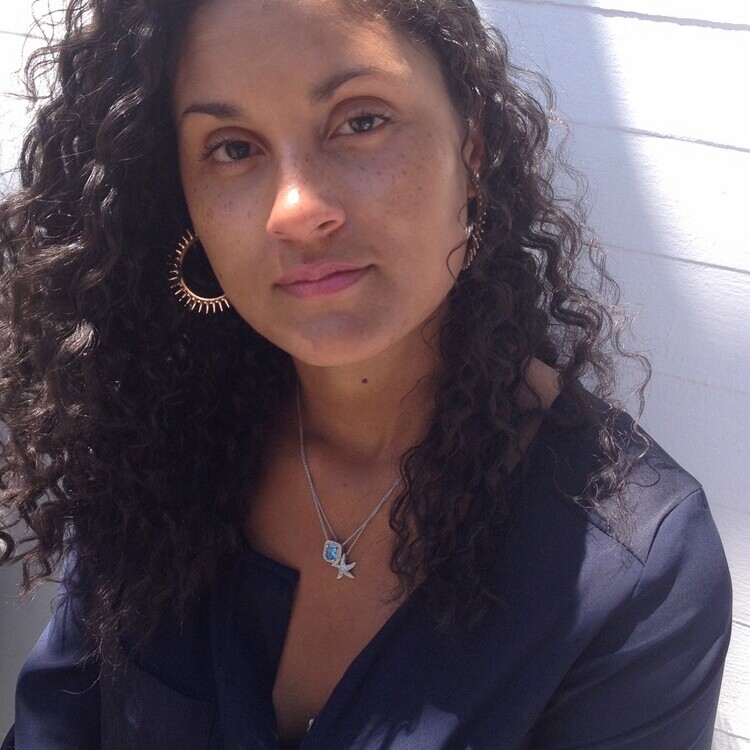
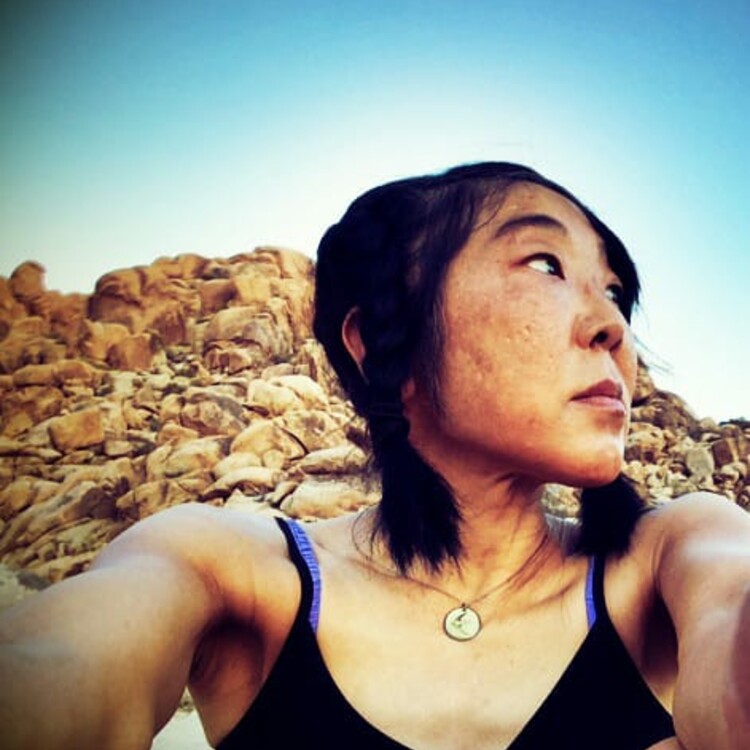
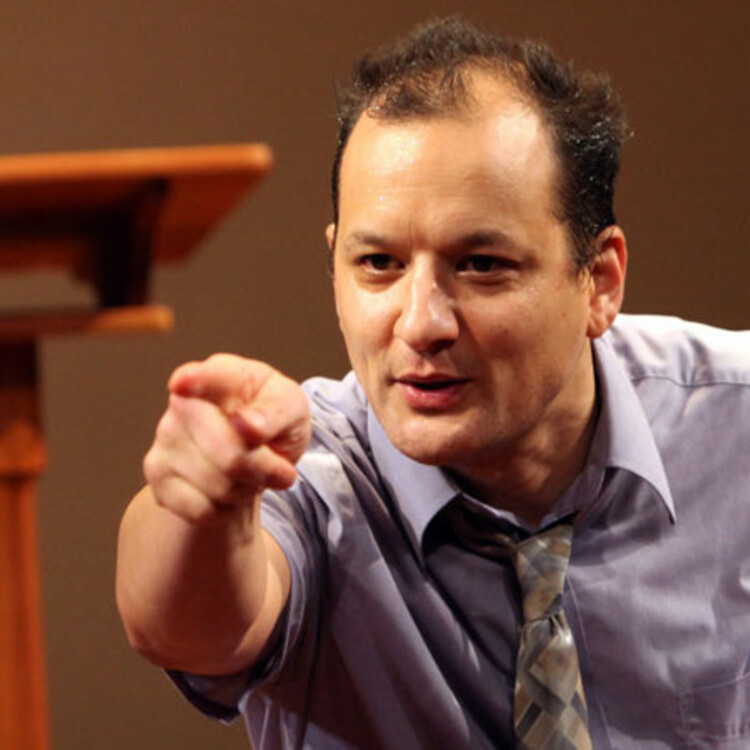


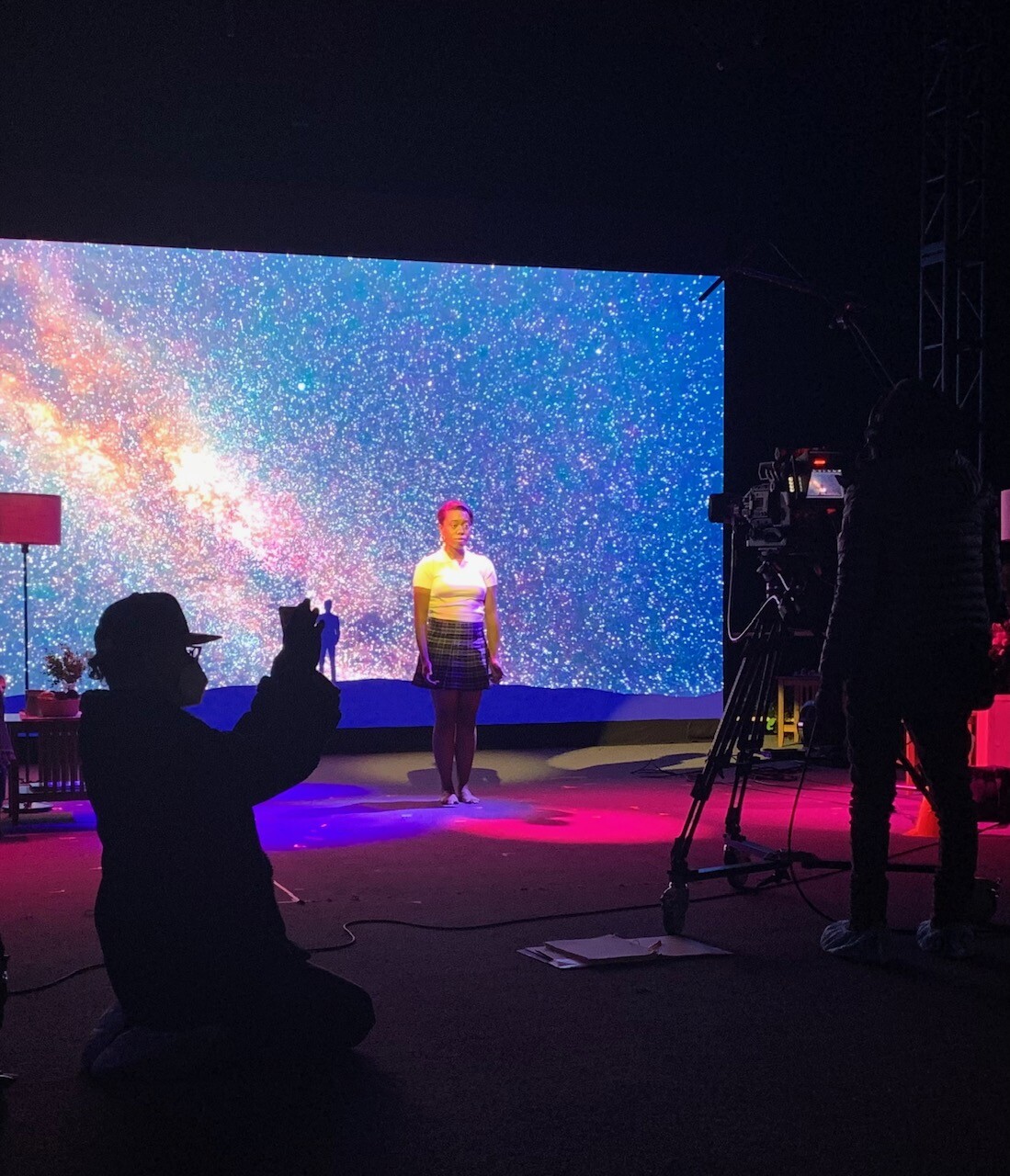
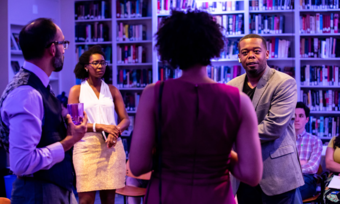


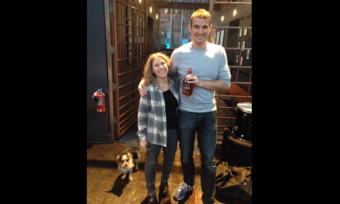

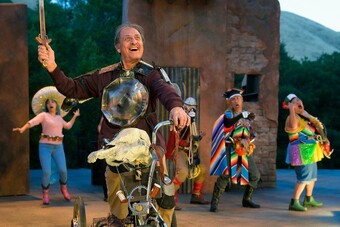



Comments
The article is just the start of the conversation—we want to know what you think about this subject, too! HowlRound is a space for knowledge-sharing, and we welcome spirited, thoughtful, and on-topic dialogue. Find our full comments policy here